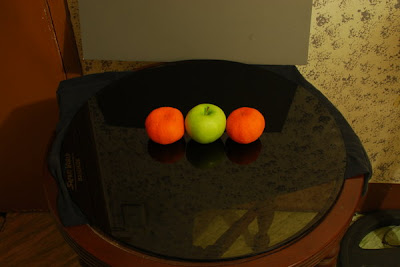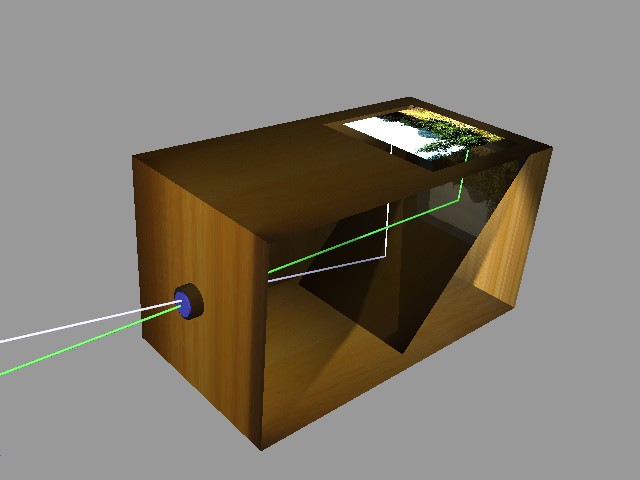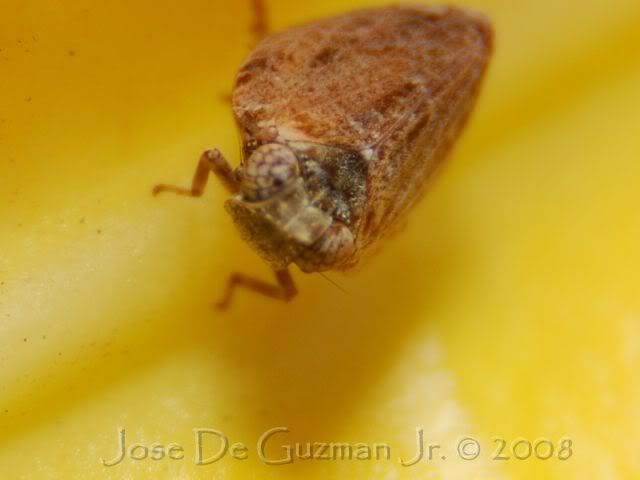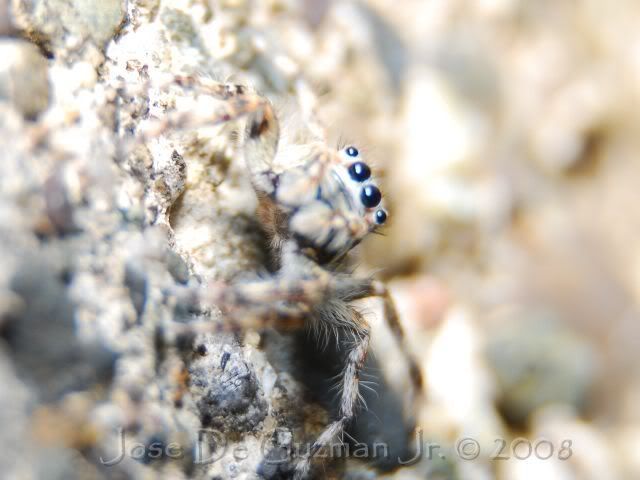Camera shutters can be fitted in two positions:
- Central shutters are mounted within a lens assembly, or more rarely behind or even in front of a lens and shut off the beam of light where it is narrow. A leaf mechanism is usually used.
- Focal plane shutters are mounted near the focal plane and move to uncover the film or sensor.
Shutters immediately behind the lens were used in some cameras with limited lens interchangeability. Shutters in front of the lens were used in the early days of photography.
Focal-plane shutters are usually implemented as a pair of cloth, metal, or plastic curtains which shield the film from light. For shutter speeds slower than a certain point (known as the X-sync speed of the shutter),which depends on the camera, one curtain of the shutter opens, and the other closes after the correct exposure time. At shutter speeds faster than the X-sync speed, the top curtain of the shutter travels across the focal plane, with the second curtain following behind, so that each section of the film or sensor is exposed for the correct amount of time. The effective exposure time can be much shorter than for central shutters.
Focal plane shutters have the advantages of enabling much shorter exposures, and allowing the use of interchangeable lenses without requiring the expense of a separate shutter for each lens. They have the disadvantage of distorting the images of fast-moving objects: although no part of the film is exposed for longer than the time set on the dial, one edge of the film is exposed an appreciable time after the other, so that a horizontally moving shutter will, for example, elongate or shorten the image of a car speeding in the same or the opposite direction to the shutter movement.
Other mechanisms than the dilating aperture and the sliding curtains have been used; anything which exposes the film to light for a specified time will suffice.
The time for which a shutter remains open, the exposure time, is determined by a timing mechanism. These were originally mechanical, but since the late twentieth century are mostly electronic.
The exposure time and the effective aperture of the lens must together be such as to allow the right amount to reach the film or sensor. Additionally, the exposure time must be suitable to handle any motion of the subject. Usually it must be fast enough to "freeze" rapid motion; sometimes a controlled degree of blur is desired, to give a sensation of movement.
Most shutters generate a signal to trigger a flash, if connected. This was quite a complicated matter with mechanical shutters and flashbulbs which took an appreciable time to reach full brightness, but is simple with electronic timers and electronic flash units which fire virtually instantaneously. When using a focal-plane shutter with a flash, a photographer will typically operate the shutter at its X-sync speed or slower; however, some electronic flashes can produce a steady pulse compatible with a focal-plane shutter operated at much faster shutter speeds.
Cinematography uses a rotary disc shutter in movie cameras, a continuously spinning disc which conceals the image with a reflex mirror during the intermittent motion between frame exposure. The disc then spins to an open section that exposes the next frame of film while it is held by the registration pin.
Leaf shutters
A leaf shutter is a type of camera shutter consisting of a mechanism with one or more pivoting metal leaves which normally does not allow light through the lens onto the film, but which when triggered opens the shutter by moving the leaves to uncover the lens for the required time to make an exposure, then shuts.
Simple leaf shutters have a single leaf, or two leaves, which pivot so as to allow light through to the lens when triggered. If two leaves are used they have curved edges to create a roughly circular aperture. Simple leaf shutters typically have only one shutter speed and are commonly found in disposable cameras and cheap point-and-shoot cameras. Some have more than one speed.

Simple leaf shutter
(1. Shutter plate
2. Aperture covered by leaf shutter
3. Aperture during exposure
4. Leaf blade
5. Catch mechanism
6. Butterfly spring)
The main advantages of the leaf shutter are:
- Relatively simple construction is possible.
- No cocking mechanism
- Simple to use as the shutter speed is fixed
- Less costly than a focal plane shutter or diaphragm shutter
- Flash synchronization possible at all speeds.
- Small size is achieved by placing the shutter at the focal convergent point either inside the lens or inside the camera body.
Some of the disadvantages of the leaf shutter are:
- Shutter speeds are limited to 1/500th or 1/250th of a second.
- In practice speeds of these inexpensive shutters may be inaccurate
Diaphragm shutter

One diaphragm shutter opening over another in an Akarex camera

Entries in
Cassell's Cyclopedia of Photography, 1911. The terminology
diaphragm shutter has since fallen from common use.
A diaphragm shutter is a type of leaf shutter consisting of a number of thin blades which briefly uncover the camera aperture to make the exposure. The blades slide over each other in a way which creates a circular aperture which enlarges as quickly as possible to uncover the whole lens, stays open for the required time, then closes in the same way. The larger the number of blades, the more accurately circular is the aperture. An odd number of blades is usually used: 3, 5, or more.
The term diaphragm shutter has also been used to describe an optical stop with a slit, near the focal plane of a moving-film high-speed camera.
Central shutters
A central shutter is a camera shutter normally located within the lens assembly where a relatively small opening allows light to cover the entire image. The term is also used for shutters behind, but near to, the lens. The alternative to a central shutter is a focal-plane shutter.
Interchangeable lens cameras with a central shutter within the lens body require that each lens has a shutter built into it. In practice most cameras with interchangeable lenses use a single focal plane shutter in the camera body for all lenses, while cameras with a fixed lens use a cheaper central shutter.
Film cameras, but not digital cameras, with a central shutter and interchangeable lenses often have a secondary shutter or darkslide to cover the film and allow changing lens in mid-roll without fogging the film.
Central shutters usually use either the simple leaf mechanism or the superior diaphragm mechanism.
The main advantages of the central shutter compared to a focal-plane shutter are:
- Relatively simple construction is possible.
- Less expensive to produce than a focal-plane shutter.
- Flash synchronization is possible at all speeds because the shutter opens fully.
- Small size is achieved by placing the shutter where the bundle of rays is smaller, either inside the lens or inside the camera body.
- Many versions have no connection between the cocking mechanism and the film advance mechanism, making multiple exposures possible.
- Generally much quieter operation because of fewer and less bulky moving parts
- More realistic photographs in high speed follow-through—lateral focal plane shutters compress or elongate the image in such cases.
Some disadvantages of the central shutter are:
- For an interchangeable lens system, each lens has to have a shutter built into it.
- Leaf shutter speeds are limited by the speed at which the leaves can move: normally 1/500th of a second for a diaphragm shutter and 1/125th of a second for a simple leaf shutter.
- Some versions may have no connection between the cocking mechanism and the film advance mechanism, making accidental multiple exposures a common problem, although this is a feature of camera manufacture rather than the shutter itself.
Shutter lag
Shutter lag is the time between pressing the shutter release and the camera responding by taking the picture. While this delay was insignificant on most film cameras, some digital cameras have shutter lag times on the order of hundreds of milliseconds, which may be a minor annoyance to the user.
Projector shutters
In movie projection, the shutter admits light from the lamphouse to illuminate the film across to the projection screen. To avoid flicker, a double-bladed rotary disc shutter admits light two times per frame of film. There are also some models which are triple-bladed, and thus admit light three times per frame
Shutters are also used simply to regulate pulses of light, with no film being used, as in a signal lamp.
From wikipedia.





























































